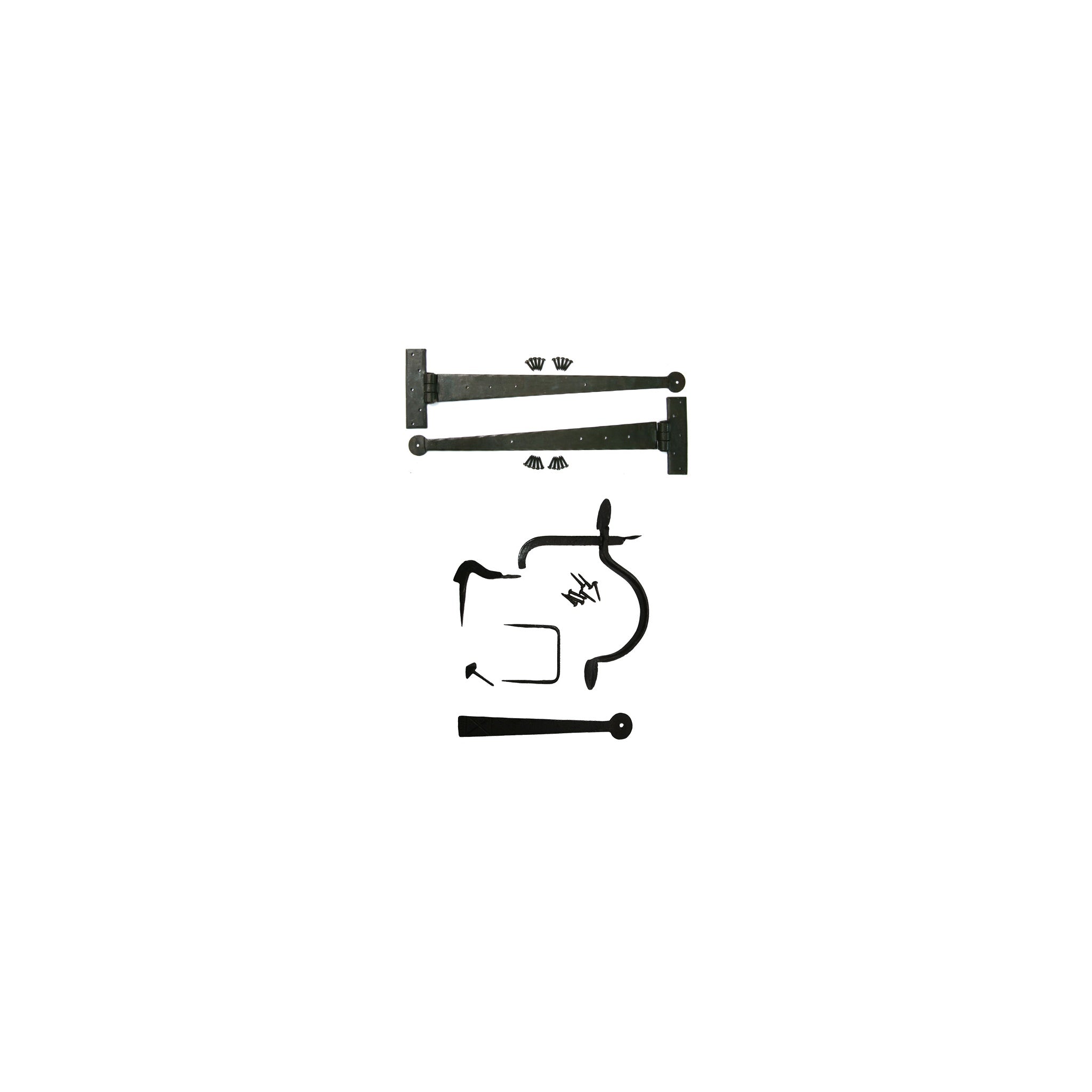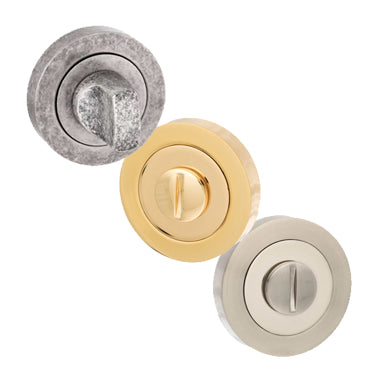Weatherproofing your doors is essential to protect your home from drafts, moisture, and temperature fluctuations. Properly weatherproofed doors can improve energy efficiency and enhance comfort. Follow these steps to effectively weatherproof your doors.
Tools and Materials You Will Need
Weatherstripping
Door sweep
Foam tape
Draft stopper
Caulk and caulking gun
Utility knife or scissors
Measuring tape
Screwdriver
Hammer and nails (if needed)
Impranol Oil (recommended for external wood doors)
Lint-free cloth or brush
Steps to Weatherproof Your Doors
Step 1: Inspect the Door and Frame
Check for Gaps and Cracks: Look for gaps around the door edges, frame, and threshold.
Identify Wear and Tear: Check for signs of wear, such as cracked caulking or damaged weatherstripping.
Step 2: Apply Weatherstripping
Select the Right Type: Choose weatherstripping that suits your door type. Options include adhesive foam tape, V-strip, and rubber weatherstripping.
Measure and Cut: Measure the sides and top of the door frame to determine the length of weatherstripping needed. Cut to size using a utility knife or scissors.
Install Weatherstripping: Apply the weatherstripping to the door frame, ensuring a snug fit. Peel off the adhesive backing and press firmly into place.
Step 3: Install a Door Sweep
Measure the Door Width: Measure the width of the door to determine the length of the door sweep needed.
Cut the Door Sweep: If necessary, cut the door sweep to fit the width of the door using a utility knife or saw.
Attach the Door Sweep: Align the door sweep with the bottom edge of the door. Use screws or nails to secure it in place.
Step-by-Step Weatherproofing Table
Step
Action
Inspect Door and Frame
Check for gaps, cracks, and wear
Apply Weatherstripping
Measure, cut, and apply to door frame
Install Door Sweep
Measure, cut, and attach to bottom of door
Seal Gaps with Caulk
Identify gaps, apply caulk, and smooth
Add Draft Stopper
Place draft stopper at the base of the door
Oil the Door Surface
Protect exterior door surfaces with oil
Step 4: Seal Gaps with Caulk
Identify Gaps: Look for gaps and cracks around the door frame, particularly where the frame meets the wall.
Apply Caulk: Use a caulking gun to apply a bead of caulk along the gaps. Smooth the caulk with your finger or a caulk smoothing tool.
Let It Dry: Allow the caulk to dry completely according to the manufacturer's instructions.
Step 5: Add a Draft Stopper
Choose a Draft Stopper: Select a draft stopper that fits the style and needs of your door. Options include fabric stoppers, weighted stoppers, and adjustable stoppers.
Place the Draft Stopper: Position the draft stopper at the base of the door to block drafts.
Step 6: Oil the Door Surface
Protect the Door Surface: If you have an external wood door, we strongly advice to oiling the wooden door, to provide protection against the elements. Use Impranol Oil for best results.
Apply Evenly: Use a lint-free cloth or brush to apply the oil evenly over the door surface. Ensure complete coverage and allow it to dry thoroughly between coats.
Reapply as Needed: For optimal protection, reapply oil annually or as needed.
Maintenance Tips for Weatherproofed Doors
Regular Inspection: Periodically check weatherstripping, door sweeps, and caulking for signs of wear or damage.
Clean Regularly: Keep weatherproofing materials clean to ensure they function effectively.
Reapply as Needed: Replace worn or damaged weatherproofing materials promptly to maintain protection.
Summary Table of Weatherproofing Steps
Step
Action
Inspect Door and Frame
Check for gaps, cracks, and wear
Apply Weatherstripping
Measure, cut, and apply to door frame
Install Door Sweep
Measure, cut, and attach to bottom of door
Seal Gaps with Caulk
Identify gaps, apply caulk, and smooth
Add Draft Stopper
Place draft stopper at the base of the door
Oil the Door Surface
Protect exterior door surfaces with oil
Conclusion
Weatherproofing your doors involves applying weatherstripping, installing door sweeps, sealing gaps with caulk, and adding draft stoppers. Regular maintenance can help ensure your doors remain weatherproofed and your home stays comfortable and energy-efficient. For additional protection and to enhance the appearance of your external wood doors, consider oiling them with Impranol Oil.
For more DIY tips and high-quality internal doors, visit Internal Doors.
Other Useful Articles:
How To Choose An Internal Door
Guide To Fire Doors
Frequently Asked Questions































































































































